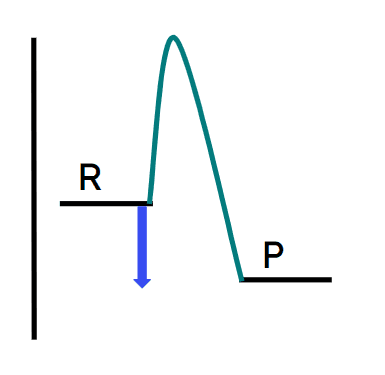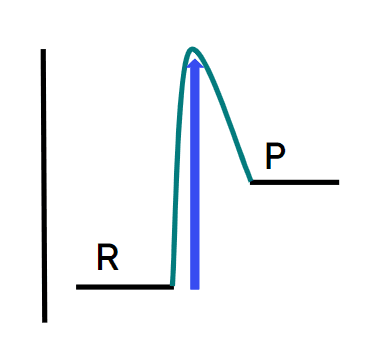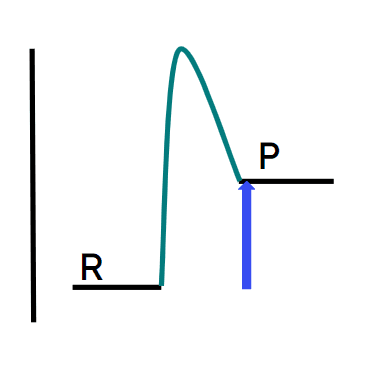Myths about teaching can hold you back
- Year 10
- Edexcel
- Foundation
Breaking and making bonds
I can describe how bond making and breaking use or release energy.
- Year 10
- Edexcel
- Foundation
Breaking and making bonds
I can describe how bond making and breaking use or release energy.
These resources will be removed by end of Summer Term 2025.
Switch to our new teaching resources now - designed by teachers and leading subject experts, and tested in classrooms.
These resources were created for remote use during the pandemic and are not designed for classroom teaching.
Lesson details
Key learning points
- In all chemical reactions, bonds in the reactants need to be broken before the reaction can happen
- Energy must be supplied to break bonds in the reactants
- Energy is released when bonds in the products are formed
- The difference between the energy needed to break bonds and the energy released is the overall energy change
Keywords
Endothermic - An endothermic chemical reaction is a type of reaction in which energy is transferred from the surroundings to the products, e.g. photosynthesis.
Exothermic - An exothermic chemical reaction is a type of reaction in which energy is transferred from the reactants to the surroundings, e.g. combustion.
Activation energy - The minimum energy that the particles must have in order to react is known as the activation energy.
Common misconception
Pupils often confuse the ideas that bonds require energy to break i.e. endothermic process and that energy is released forming bonds i.e. exothermic process.
Bonds will not break unless energy is absorbed to do so. The formation of a bond releases energy to the surroundings.
To help you plan your year 10 chemistry lesson on: Breaking and making bonds, download all teaching resources for free and adapt to suit your pupils' needs...
To help you plan your year 10 chemistry lesson on: Breaking and making bonds, download all teaching resources for free and adapt to suit your pupils' needs.
The starter quiz will activate and check your pupils' prior knowledge, with versions available both with and without answers in PDF format.
We use learning cycles to break down learning into key concepts or ideas linked to the learning outcome. Each learning cycle features explanations with checks for understanding and practice tasks with feedback. All of this is found in our slide decks, ready for you to download and edit. The practice tasks are also available as printable worksheets and some lessons have additional materials with extra material you might need for teaching the lesson.
The assessment exit quiz will test your pupils' understanding of the key learning points.
Our video is a tool for planning, showing how other teachers might teach the lesson, offering helpful tips, modelled explanations and inspiration for your own delivery in the classroom. Plus, you can set it as homework or revision for pupils and keep their learning on track by sharing an online pupil version of this lesson.
Explore more key stage 4 chemistry lessons from the Energy changes in reactions unit, dive into the full secondary chemistry curriculum, or learn more about lesson planning.

Licence
Prior knowledge starter quiz
6 Questions
Q1.What does an energy profile diagram show?
Q2.What occurs during a chemical reaction?
Q3.What is an exothermic reaction?
Q4.What is an endothermic reaction?
Q5.What is activation energy?
Q6.In which energy profile, does the blue arrow show the energy change of a exothermic reaction?





